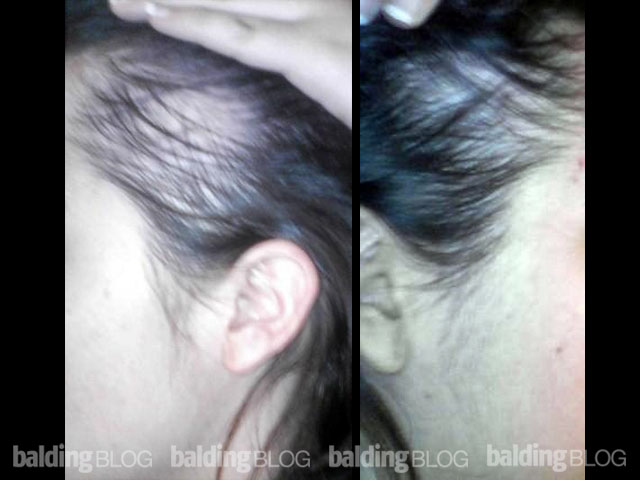I know you explained how to measure the mature hairline with the wrinkled brow but you didn’t say how exactly. Do I need to put a ruler in the middle of my forehead and measure that way (this way it shows my corners are 2 inches receded) or can I put in highest corner of my temple and measure downwards if I do it that way I get 1 1/2 inches but my hairline is only 0.4inches away which is good. I believe I’m on a NW2.
Also around my temples I have a chunk of short hairs but there thickness is pretty much the same like other hairs. My hair is kinda longish you know. But what worries me that they will fall off and then my corners will be quite big. Is this all normal?
I’m almost 22 years old and my temples started to recede slowly since late 17s but in the past year just jumped up fast.

A maturing hairline is a generalization of how a young male will have a slight recession of his hairline in his teenage years or early 20’s. If you follow this “rule” (it is actually my rule) then there are three elements of it. A mature male hairline exists when:
- the middle of the hairline is about 1/2-2/3 inches above the highest crease of the furrowed brow
- the shape of the hairline is convex
- the sides of the hairline will rise about 1.5 – 2 times higher than the middle of the mature hairline
If you continue to recede beyond this area then there may be a genetic component of androgenic alopecia. This presence of genetic causation can be seen by mapping out the hair for miniaturization and looking for miniaturized hair substantially behind the leading edge of the mature hairline. And not to confuse anyone, but even though I call it a “rule”, there really is no specific rule to this. You cannot go by an exact set of measurements, such as 0.4 inches. If you are worried about this matter, I would see a doctor for a good microscopic examination (miniaturization study) of your hair to determine if there is a pattern developing.

